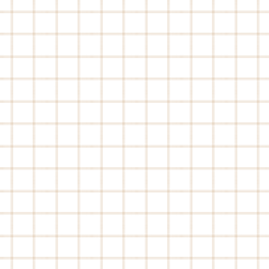top of page

Print-ins
Set up a public silkscreen station. Print posters and placards. Have people bring their own t-shirts. There is always a printmaking instructor who can help set this up. Or art student and activists. The costs are minimal. The main cost is creating the screen. Ink and paper can be bought for less than $50.00.



Pulling prints
Prints drying
Prints in action
At UAlbany, adjunct faculty members were invited to bring T-shirts to be printed on. A small portable printing table was made from a 2' x 4' sheet of melamine shelving cut down a little and attached to the screen with a set of hinge clamps. The design was made in the computer and exposed on the screen using photo-emulsion. We pre-mixed our Speedball Fabric printing inks. We also used a spatula, tape, a spray bottle, rags, and a couple of foam core boards to mount T-shirts on for printing. An equipment cart can be used to store and roll everything out quickly to set up shop.




Another idea: Consider having a template with the possessive form of the institution’s name, followed by
” ___________'s Biggest Donors–Adjuncts.” Eg., “George Mason University’s Biggest Donors–Adjuncts.”
Top Right Photo by Darryl McGrath
Other Photos by Rebekah Tolley
Printmaking
Patches for backpacks and hats, postcards, DIY cut prints . . .
You can carve into potatoes, soap, or other soft but sturdy materials. Or buy a linoleum carving block at an art supply store. Use inks, a brayer (roller), and piece of glass to spread the ink evenly onto the brayer. Print on fabric, paper, bandanas, or anything else.




More designs for inspiration. Make buttons, stickers to wear during CEW and beyond.





bottom of page